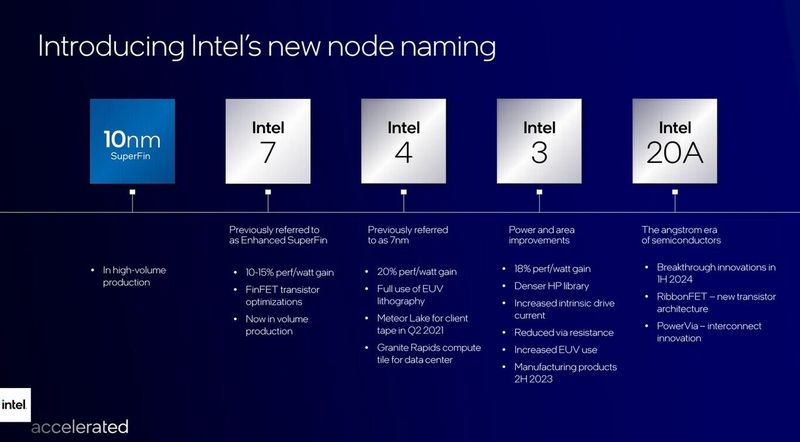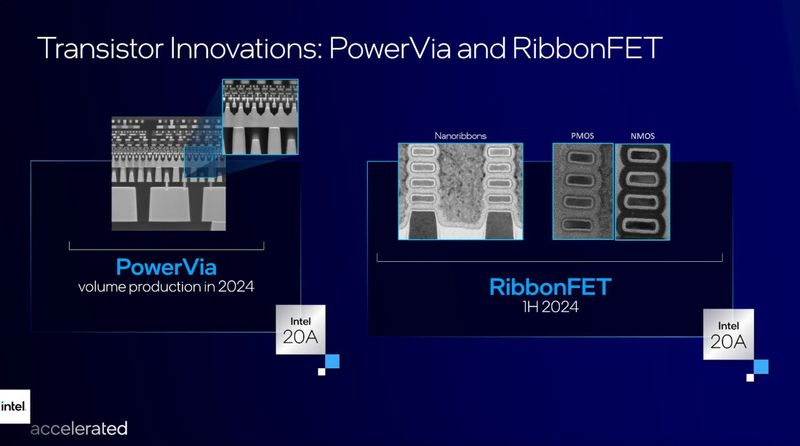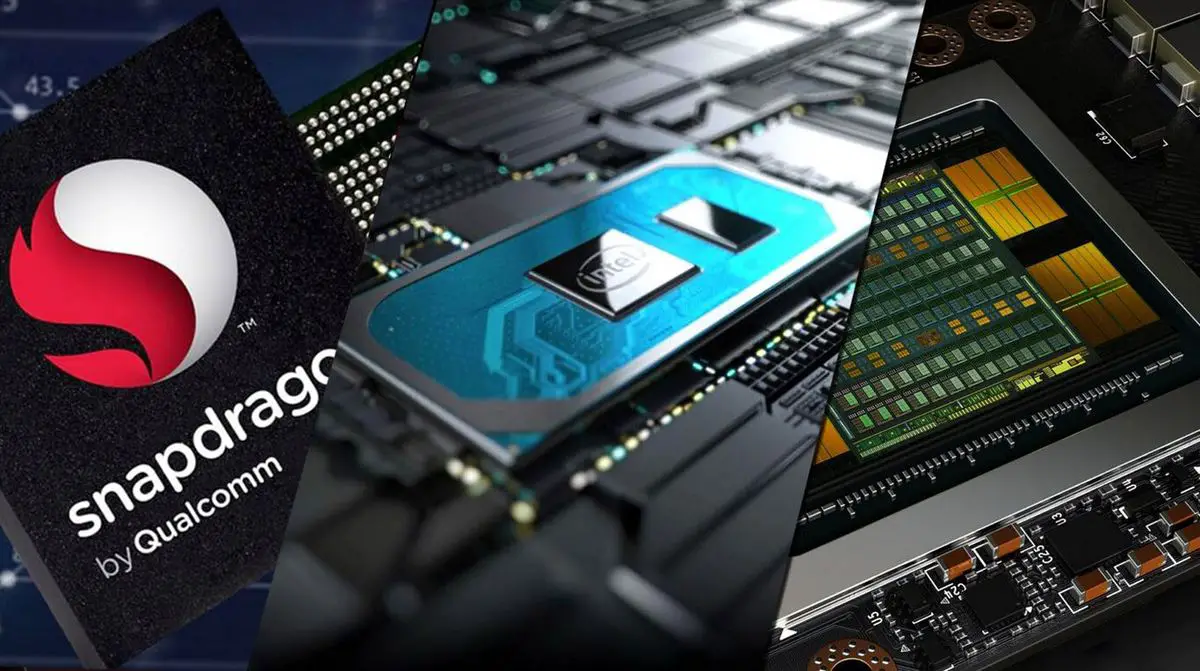Intel and Qualcomm join forces to unseat TSMC as the world’s largest cell phone chipmaker. Over the last few years, Intel has been losing its presence in the world of processors manufactured for cell phones but now, with the recent incorporation of Pat Gelsinger, its new CEO, it seems that the company wants to make up for the lost time.
The company has just unveiled its strategy between now and 2025 in which it shows us future manufacturing technologies, as well as confirming that it will manufacture semiconductors for other companies such as Qualcomm or Amazon.
2025, the year set by Intel and Qualcomm to lead the semiconductor market
It will not be an easy task for Intel to regain its hegemony in the processor territory. Other companies such as TSMC or Samsung have taken advantage of the passivity shown by the American company to lead this market.
Intel intends to recover its leadership in 2025 with strategies such as manufacturing not only its microprocessors but also those of other large companies in the sector, such as Qualcomm. The first customers confirmed by the company itself have been Amazon and Qualcomm, the former taking advantage of this manufacturing capacity for its servers in AWS (Amazon Web Services) and the latter adopting Intel 20A technology when it becomes available.

The company’s roadmap seems clear: incorporate innovations in manufacturing processes. To this end, no mention has been made of the lithography with which its processors are manufactured since, over the last few years, its main competitors have stood out thanks to 7 and 5 nm processes, leaving Intel far behind with processes that do not go below 10 nm.
To begin with, at the end of this year the “Intel 7”, the third generation of 10 nm processors, will be presented and, from 2023, we will see the new “Intel 4”, which will incorporate a 7 nm photolithography.

Finally, probably in 2024, we would see a slight renewal of the latter and they will be called “Intel 3”, leaving for 2025 the jewel in the crown, the “Intel 20A”. This “A” added to the name will correspond to the angstroms (20 angstroms = 2 nm), which will become the new measurement scale for this type of manufacturing process.





